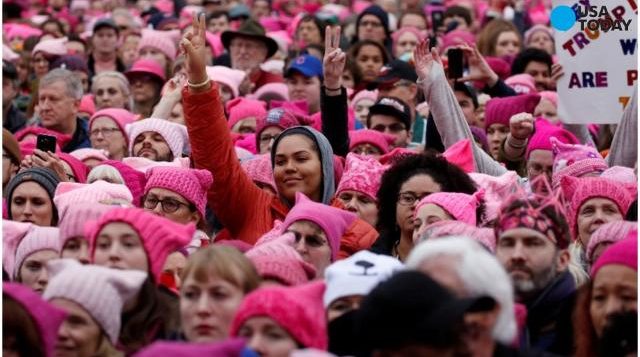ANY DISCUSSION of the coalition implied by the letters in “LGBT”—ignoring for a moment the many other letters that sometimes follow—needs to acknowledge a historical friction between two of its components that has erupted into open hostilities intermittently over the past three decades. The letters in question are the “L” and “T”—for once the “G” is out of the picture—and it hinges on a question of gender definition that could not be more elementary or easily framed: what constitutes a woman?
Second Wave Feminism traces its origins back to the 1960s and ’70s and was grounded in a clear-cut distinction between the sexes, between men and women: the oppressor and the oppressed. The exclusion of penis-bearing humans from women-only festivals and events was mostly uncontroversial (though male children of participants presented a dilemma). The emergence of transgender people as a visible presence with social and political goals in the ’80s and ’90s threw an ambiguity into the works and called for a clarification—though only after much debate, as one can imagine. One faction that towed the line of “radical feminism” would insist on a definition of woman that excluded anyone not identified as female at birth. This often led to explicit policies of MTF exclusion from women-only events, and there were well-documented cases of transwomen being asked to leave such spaces.
Needless to say, such policies have provoked outrage in the transgender community—and sometimes in the larger LGBT world—often with passions, and rhetoric, running exceptionally high.
Wendy Fenwick is an international writer based in Boston.







